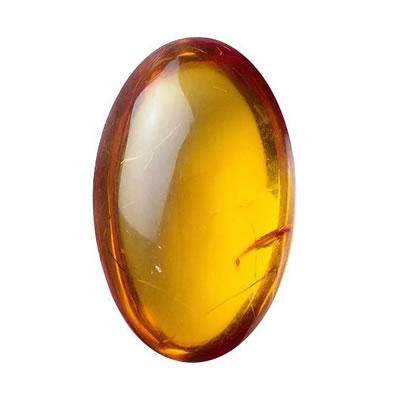Pietersite

Pietersite jewelry
Etymology and history
Pietersite was discovered by Sid Pieters in 1962 while he was prospecting some farmland in Namibia, Africa. After his discovery, he registered the find in the mineral records of Britain. His discovery was published in 1964, and the material was named pietersite. Currently there are only two known sources of pietersite; China and Africa.
Pietersite description
Pietersite has the lovely chatoyancy of tiger eye, it is not found in continuously structured bands or fibers, more in swirls, swathes and fibrous (sometimes linear) segments. Thus the structure of the fibrous streaks in pietersite may appear rather chaotic, and can flow or exist in many directions side-by-side like bold paint strokes. Colors include various blues, golds and reds, which may appear together or alone. Blue is the rarest color, followed by red. The blues range from a baby blue to dark midnight hue. Golds can be light to very deep and rich, sometimes having a reddish hue. All fibrous color variations will have a superb and striking chatoyancy, the bright and subtly changing shimmer of color that moves along the surface of a gemstone as it is viewed from varying angles.
Pietersite in jewelry
Jewelry made from Pietersite can be as striking as it can be different with the many available colors. Especially all big necklaces and bracelets made with mookaite stone looks gorgeous. Mookaite stone is use also for rings, earrings and brooches.
Occurrence
Currently there are only two known sources of Pietersite; Namibia and China.
Talk to Our Jewelry Experts
Monday to Friday from 9AM to 5PM EST













